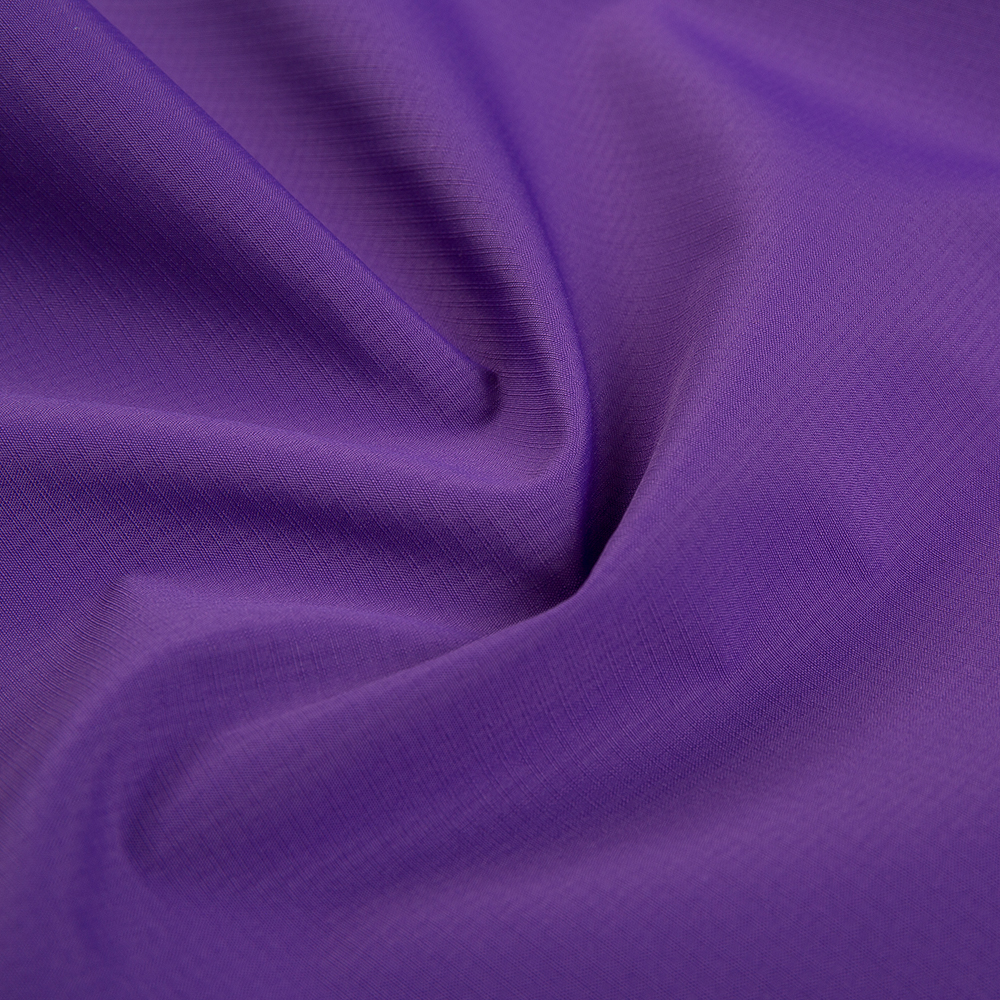Seam-sealing is a critical step in the production of hardshell fabrics as it ensures that the fabric’s seams—where two or more pieces of fabric are joined together—remain waterproof and windproof. However, this process presents several challenges, especially when balancing water resistance, flexibility, and comfort. Here's a breakdown of the challenges involved in seam-sealing and how manufacturers address them:
Challenge: Preventing Water Leakage at the Seams
Problem: The seams of a garment or fabric are inherently vulnerable to water leakage, as stitching creates small holes where water can penetrate. Even if the fabric itself is waterproof, the holes created by stitching can compromise the garment's performance.
Solution: Seam tape is commonly used to seal the seams. This tape is a waterproof adhesive strip that is applied over the stitches to prevent water from entering through the holes. The tape can be made of materials like polyurethane or thermoplastic adhesive, which are both waterproof and flexible. Hot-air welding or high-frequency welding can also be used to seal the seams, ensuring that there are no needle holes at all.
Challenge: Maintaining Flexibility and Comfort
Problem: Seam-sealing adds an additional layer to the fabric, which can make the garment feel stiffer, less breathable, and potentially less comfortable, especially in high-mobility areas like the elbows, knees, and shoulders.
Solution: Manufacturers use lightweight seam tape or thin sealing films that don’t add bulk or restrict movement. They also choose stretchable tapes to maintain the fabric’s flexibility. Additionally, modern seam-sealing techniques, such as welding or lamination, create stronger, more flexible seals that feel less intrusive during wear. The goal is to ensure that the seal doesn't interfere with the garment's overall comfort and mobility.
Challenge: Durability of the Seam Sealing
Problem: Over time, abrasion and wear and tear from movement, friction, and exposure to the elements can cause seam-sealing tapes to peel off or lose their waterproof properties, rendering the fabric vulnerable to leaks.
Solution: Manufacturers often apply reinforced seam-sealing tapes or use multi-layer seam sealing that includes an extra durable layer of tape or an outer protective layer that helps maintain the integrity of the seam. In high-stress areas (like the shoulders or knees), extra reinforcement or double-seaming may be applied to protect the seams from wear. Additionally, higher-quality seam-sealing adhesives and tapes are used to enhance the long-term performance and resistance to degradation.
Challenge: Breathability
Problem: A key property of hardshell fabrics is their breathability, which allows moisture vapor (like sweat) to escape, preventing condensation inside the garment. However, adding waterproof seam-sealing tape or materials can potentially reduce breathability.
Solution: To counteract this, manufacturers use breathable seam-sealing tapes that allow water vapor to pass through while still blocking water. These tapes are designed to let moisture escape through micropores while ensuring that larger water molecules (like rain) cannot penetrate. Additionally, permeable waterproof films and ventilation zones are sometimes used around seams to enhance breathability in areas where sweating is most likely to occur.

Challenge: Aesthetic and Visual Appeal
Problem: Seam-sealing can sometimes result in visible or bulky areas where the seam tape or sealant is applied, which may affect the aesthetic appeal of the fabric, especially for consumers looking for a sleek or minimalist design.
Solution: Manufacturers have developed transparent or thin seam tapes that are less visible on the fabric. Advances in seam-sealing technology also allow for invisible or inconspicuous seams, especially in high-end hardshell fabrics used for fashion-oriented outdoor gear. Additionally, seamless construction techniques are being explored in some cases, where the seams are minimized or eliminated altogether by bonding or fusing fabric layers together.
Challenge: Ensuring Consistent Application
Problem: Achieving consistent seam-sealing across large manufacturing runs can be difficult. Variations in the temperature, pressure, or application time during the sealing process can result in weaker seals, reducing the fabric’s waterproof performance.
Solution: To ensure uniformity, manufacturers use automated seam-sealing machines that apply precise amounts of heat, pressure, and adhesive to each seam. This consistency ensures that every garment or piece of fabric meets the required standards for waterproofness and durability. Some manufacturers also employ quality control testing to verify the strength and effectiveness of the seam-sealing after production.
Challenge: Environmental Impact of Sealing Materials
Problem: Traditional seam-sealing materials (like some polyurethane-based tapes) can have a negative environmental impact due to their non-biodegradability or use of harmful chemicals.
Solution: In response to consumer demand for more sustainable products, some manufacturers have switched to eco-friendly seam-sealing materials, such as water-based adhesives or biodegradable tapes. Additionally, some brands use recycled fabrics in conjunction with sustainable sealing methods to minimize the environmental footprint of their products.
Challenge: Cost of High-Quality Seam Sealing
Problem: Advanced seam-sealing technologies and high-performance tapes or films often come at a higher cost, which can increase the overall price of the garment or outdoor gear.
Solution: While this can be a challenge for mass-market products, it is less of an issue for high-end technical outdoor gear where consumers are willing to pay for the best performance. Manufacturers may use more cost-effective sealing methods in less critical areas (such as non-exposed seams) and reserve higher-quality materials for areas that are more prone to water infiltration, like the shoulders or chest.











